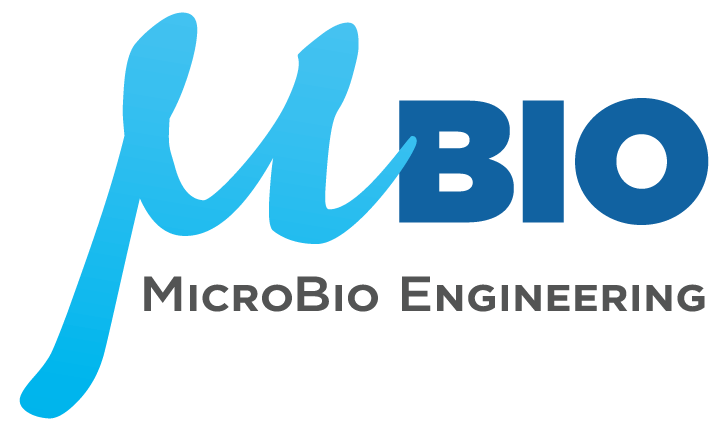pH Control of Algae Raceway Ponds
Carbon makes up about half of the dry weight of algae, so it is no surprise that carbon is the number one nutrient in demand for algae production. While some types of algae can take in carbon from organic sources, when we discuss large scale algae biomass production, we focus on algae that take their carbon from carbon dioxide (CO2). Atmospheric CO2 and bacteria cell respiration (more so in applications like wastewater treatment) meet this carbon demand to a point, but given a sufficient amount other nutrients and a comfortable growing environment (light, temperature, salinity, pH), algae need additional CO2 to maximize growth so that only sunlight is the limiting factor.
The blue and white block is a ceramic gas diffuser used to sparge a fine mist of CO2 into pond water. The blue sensor probe is a Neptune pH probe (but any pH probe with a BNC connector works). Also pictured is a temperature sensor (black) and the impeller mixer used in the RW0.5i system.
Monitoring pH is not only an important tool to observe the health of a culture, but gives us a window into an algae pond’s demand for carbon. pH—the degree to which water is acidic or basic—is affected by changes in dissolved CO2 concentration. As algae take CO2 during photosynthesis, CO2 concentrations drop and pH rises. At night algae release CO2 during cellular respiration, so pH drops. pH is affected by slew of other environmental factors, but in a thriving algae production pond the interactions between algae and CO2 have the largest impact.
pH daily peaks in an algae raceway pond without CO2 addition for pH control. pH rises during the day due to CO2 uptake and decreases at night from algae cellular respiration.
In the above figure pH plateaus somewhere between 1-2PM, still during daylight hours, which suggests this particular pond is carbon limited. To meet this demand we sparge algae ponds with CO2. When pH reaches a certain point, a solenoid opens to release pressurized CO2 from a gas cylinder into the raceways, lowering the pH. This process repeats and is the most prevalent form of pH control in the industry.
Real-time monitoring and logging of pH is an integral part of any algae production research. We’ll discuss why we’ve used Neptune Apex systems as our primary control system for pilot research programs in future blog post. With Neptune we usually record data points only once per hour to prevent spreadsheets from growing too large, however temporarily reducing this interval to 5 minutes or less yields a higher resolution graph and individual pH peaks and dips come into focus. Apex Fusion, Neptune’s cloud-enabled monitoring platform, now permits any team member to not only check pH, but overlay CO2 sparging to give a more informed picture of pond operation.
10-hour close-up graph of pH in an algae raceway pond fed additional CO2 with data recording interval set to less than 5 minutes. In this example the high CO2 setpoint was set for 8.0, so when pH reached that value the control system opened a solenoid to release CO2. Vertical red lines represent the opening and closing of the CO2 solenoid valve. Note that carbon demand continues through daylight hours and tapers off in the evening.
If you are interested in learning more about control systems and raceway pond operation head over to our products page!
Author:
Neal Adler, M.S., P.E.
Project Engineer




